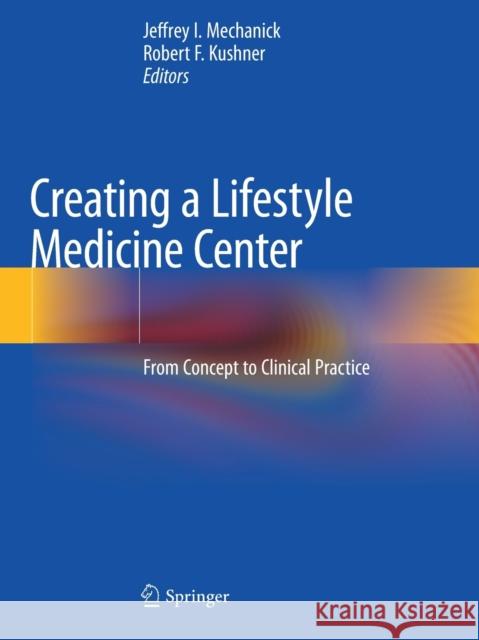Creating a Lifestyle Medicine Center: From Concept to Clinical Practice » książka
topmenu
Creating a Lifestyle Medicine Center: From Concept to Clinical Practice
ISBN-13: 9783030480905 / Angielski / Miękka / 2021 / 398 str.
Creating a Lifestyle Medicine Center: From Concept to Clinical Practice
ISBN-13: 9783030480905 / Angielski / Miękka / 2021 / 398 str.
cena 623,94
(netto: 594,23 VAT: 5%)
Najniższa cena z 30 dni: 597,58
(netto: 594,23 VAT: 5%)
Najniższa cena z 30 dni: 597,58
Termin realizacji zamówienia:
ok. 22 dni roboczych
Bez gwarancji dostawy przed świętami
ok. 22 dni roboczych
Bez gwarancji dostawy przed świętami
Darmowa dostawa!
Building on the groundbreaking work Lifestyle Medicine (2016), this unique new book bridges the gap between theory and practice by providing detailed information on the real-world development and creation of a Lifestyle Medicine Center, whether independently or as part of an established medical program or department.
Part one sets the stage by establishing the rationale for creating a Lifestyle Medicine Center as well as the medical and economic burden it seeks to alleviate. The construction of the physical facility and all of the myriad details of the program and its key players are covered in part two, from the structural to the aesthetic, including informatics, developing patient resources and education tools, current technologies and applications, the role of the dietitian and exercise physiologist, inpatient consultation, the importance of community engagement, and more. Part three is comprised of case studies of existing, successful Lifestyle Medicine Centers across the country, with detailed descriptions of their history, development, programs and challenges. Chapters are supported with plentiful figures, tables and useful links.
The burden of chronic disease in the U.S. and globally is growing, with pervasive direct and indirect multi-scale adverse effects on health and well-being, economics, and quality of life. Notwithstanding the remarkable progress in biomedical technology, the role of lifestyle medicine in managing chronic disease in a preventive care model is paramount; however, the relevant and effective education in lifestyle medicine is lacking. Translating the theory into action steps, instantiated by case studies with critical interpretations and problem-solving tools, Creating a Lifestyle Medicine Center is the go-to resource for family and primary care physicians, internal medicine physicians, and all clinical specialties interested in planning and developing a lifestyle medicine program.











